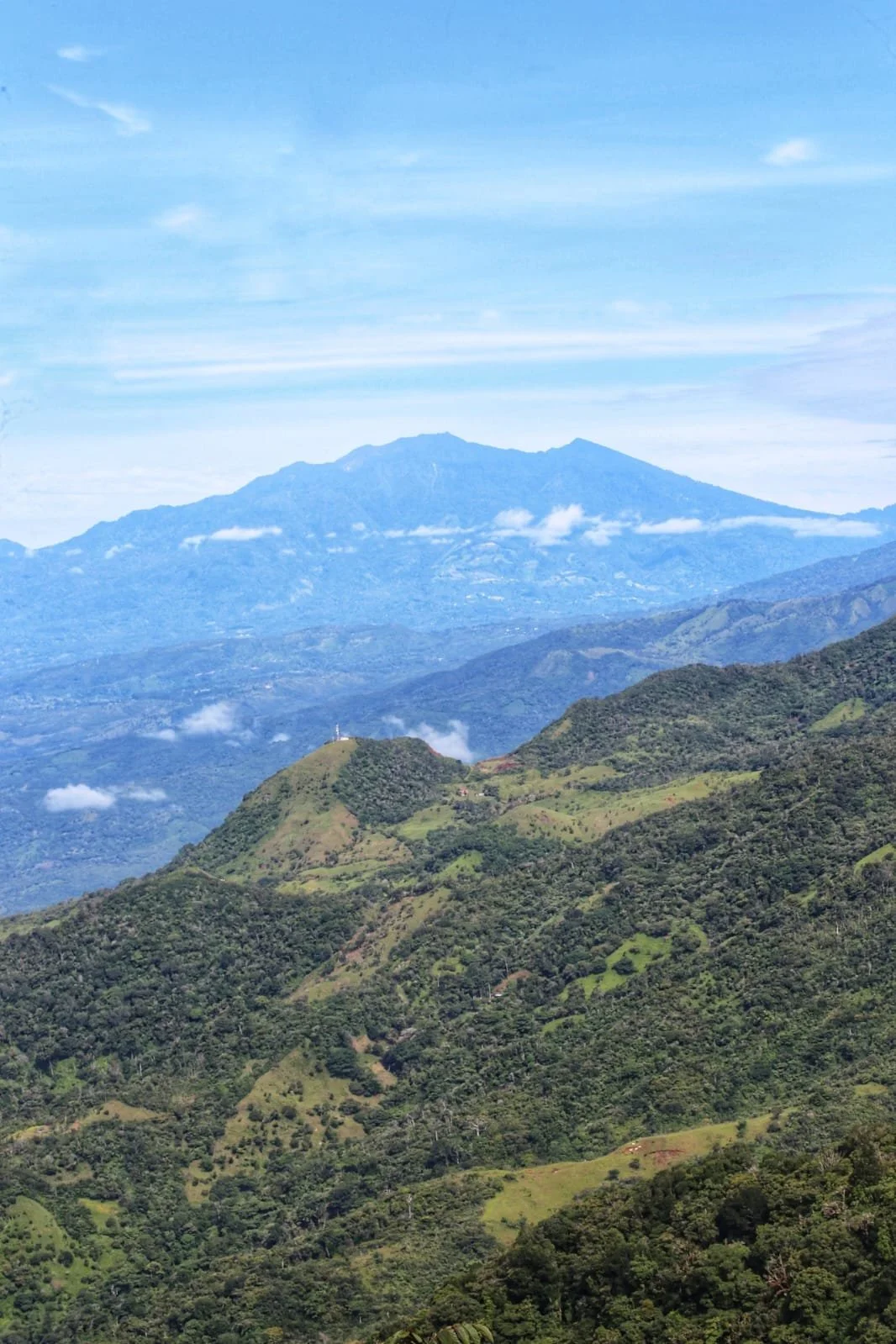Panama, with its jungles, mountains, and coasts, is home to more creatures than most travelers can imagine, and scorpions are among the more mysterious ones. These nocturnal hunters lurk under rocks, inside rotting logs, and sometimes even in the folds of clothes or shoes left unattended overnight. While their reputation strikes fear, they are fascinating animals that are part of the delicate balance of Panama’s tropical ecosystems.
There are several different species of scorpions in Panama, and each carries its own story. The most common species travelers might encounter is the Centruroides bicolor, sometimes referred to as the “striped scorpion.” It has a slender body, long pincers, and a noticeable dark stripe down its back. Its sting is painful but rarely life-threatening, although it can cause swelling, nausea, and a lingering burning sensation. The thrill of spotting one is balanced by the fear of getting too close.
Another well-known scorpion here is Tityus asthenes, a more dangerous species found in Central America. This scorpion has a more robust build and a darker, glossy exoskeleton. Its venom is potent and can be risky for children or those with allergies. While fatalities are very rare in Panama, this is the scorpion you do not want to surprise in your bedroom at night. It is often found in rural homes where wood is stacked or in areas with high vegetation.
On the gentler side, there are the larger Heteroctenus scorpions, sometimes called “forest scorpions.” These look intimidating due to their size and thick pincers, but their sting is far less venomous than that of the smaller species. They prefer Panama’s rainforests, especially in the lowlands, and are often seen by hikers who accidentally disturb them while turning over logs or rocks on jungle trails. Encountering one can be startling, but their size and slow movements often make them easier to spot before trouble occurs.
The variety of scorpions in Panama reflects the variety of landscapes. In the cooler mountain towns such as Boquete, Volcán, or El Valle de Antón, scorpions are less common but not absent. Meanwhile, on the Caribbean and Pacific coasts, especially in the dense jungles of Bocas del Toro or Darién, they thrive. The warm, humid conditions provide the perfect environment for them to hunt their favorite prey: insects, spiders, and even small lizards.
Travelers often ask how likely it is to be stung. The truth is that most scorpions prefer to hide rather than fight, and stings usually happen by accident. The classic scenario is slipping bare feet into shoes that have been sitting outside overnight or reaching into backpacks left on the ground. The lesson is simple: always shake out your shoes and check your belongings before using them, especially if you’re staying in rustic accommodations.
Awareness at night is also key. Scorpions are nocturnal, meaning they come out after sunset to hunt. If you’re camping, trekking, or staying in jungle lodges, keeping a flashlight handy is wise. Their exoskeletons glow under ultraviolet light, so many adventurers carry small UV flashlights to scan the ground around them. It’s both a safety measure and a way to experience the eerie sight of these creatures glowing like neon under the forest canopy.
The excitement of encountering scorpions in Panama lies in the mixture of danger and discovery. For some, it’s terrifying to think about a venomous arachnid being just inches away in the darkness. For others, it’s part of the adventure of stepping into a wild ecosystem teeming with life. Whether you’re hiking in the cloud forests, resting on a hammock by the sea, or exploring colonial towns, the thought that a scorpion might be hiding nearby keeps your senses sharp.
Fortunately, medical care in Panama is adequate for treating scorpion stings, especially in cities and larger towns. Even in rural areas, traditional remedies and quick trips to clinics usually provide relief. Still, prevention is the traveler’s best defense. Being mindful of where you place your hands and feet, checking your bedding in rustic lodges, and not leaving clothes scattered on the floor can dramatically reduce your chances of an encounter.
Panama’s scorpions are part of its living, breathing wilderness, and understanding them adds depth to the experience of traveling here. They are not monsters lurking in the shadows but creatures playing their role in keeping insect populations in check. With respect, awareness, and a little caution, travelers can avoid stings while still marveling at these incredible predators of the night. Like so much of Panama, scorpions remind you that this country is alive in ways both thrilling and humbling.

